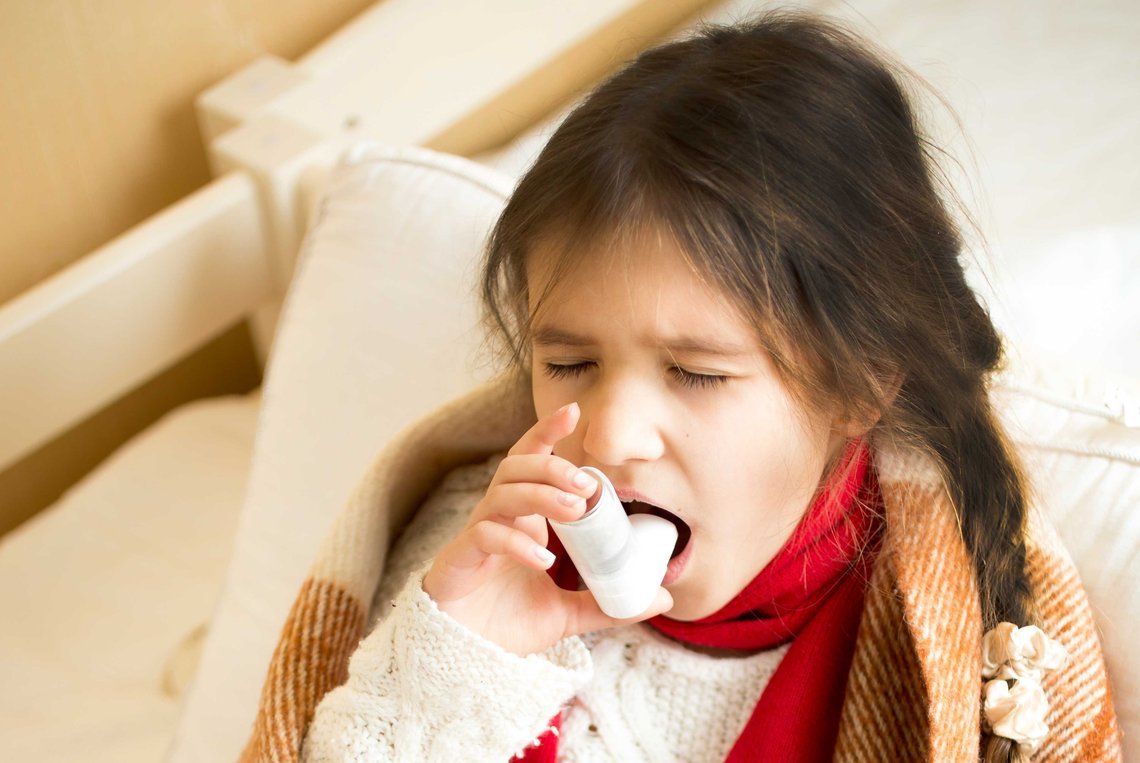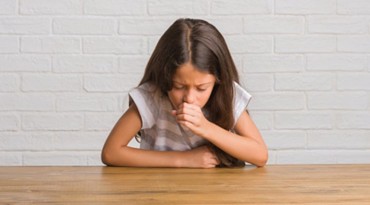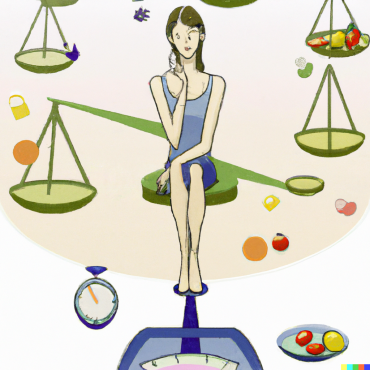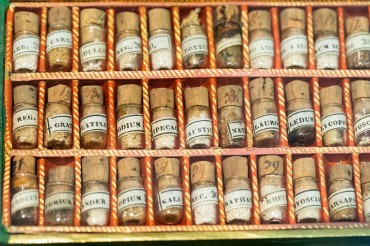Wheezing is a comparativelyhigh-pitched whistling sound that typically occurs during the process of inhalation when the airways are moderately congested. The fluctuating weather triggers cold and coughs among children, particularly right before the onset of the rains. Children returning to school post their summer break or children who are joining pre-schools are greatly susceptible to cold, cough, breathlessness and wheezing. It has been researched that on average, children tend to suffer from six to eight colds and coughs or upper respiratory infections in a year, which could be clubbed with seasonal alterations. If they tend to lengthen, parents must consult the child healthcare provider immediately to take appropriate measures to ease the child.
Viral Infections and virus-induced wheezing is very common among children during the monsoons and is caused by a thinning or an obstruction of the airways. The most common symptoms of wheezing are cough followed by a temperature and runny nose. The narrowing of airways is a result of inflammation of the nasal tissues, spasm of tiny muscles in the walls of airways (bronchospasm) and built-up of phlegm in the airways. A loud wheezing sound is heard when the child exhales out. If the narrowing of the airway is severe, wheezing sound can be heard when the child inhales in. Very ill children may also tend to inhale rapidly, using a lot of their chest muscles to respire, and may have a widening of the nostrils accompanied by bluish staining of the skin. Children having a lung infection may also experience a slight temperature.
Below mentioned are a couple of precautionary measures that you can consider following in order to facilitate your child to revel in the joys of rain, by keeping wheezing at bay:

Take all the necessary measures to avert dampened walls in your homes. This is because when moisture gets trapped in the walls, it indirectly impacts your health. The accumulated moisture can lead to mould build-up which can either worsen your kid’s wheezing episodes or could even cause asthma or other respiratory ailments even though your child may not have them. Clean up all the mould off your walls using a combination of bleach and water. Hence it is advisable to ensure that your walls are anti-moisture and anti-mould. Making use of a dehumidifier and air conditioner could also help in managing the atmospheric conditions at home.
Ensure all the rooms in your home have proper cross ventilation and are exposed to sunlight.
The monsoons tend to elevate the occurrence of pollen grains present in the air. This can activate wheezing problems since pollen grains prove to be allergens for those who already suffer from breathing issues. Try and avert having plants kept inside your homes, particularly in your bedroom. Try and keep your child indoors in the mornings when the existence of pollens in the air is at its peak.
Likewise, during the rains, your child’s exposure to dander or animal fur also tends to increase since pets tend to stay indoors. Animal fur can cause an increase in the child’s wheezing hence try to limit your pet’s movement in the house only to a particular area. However, the good news is that for pre-school children falling under the age bracket of one to six years of age these symptoms will lessen as they grow older. Apart from these safety measures taken during the rains to tackle the ugly wheezing experienced by kids, don’t forget to keep your child warm to escape him or her from catching a cold or flu. While the above-mentioned tips can assist you in combatting child wheezing in the rainy season, it is always a good idea to visit your pediatrician for a better understanding of your child’s condition.
Image Source: Indian Express and parentcircle.com
























































Comments